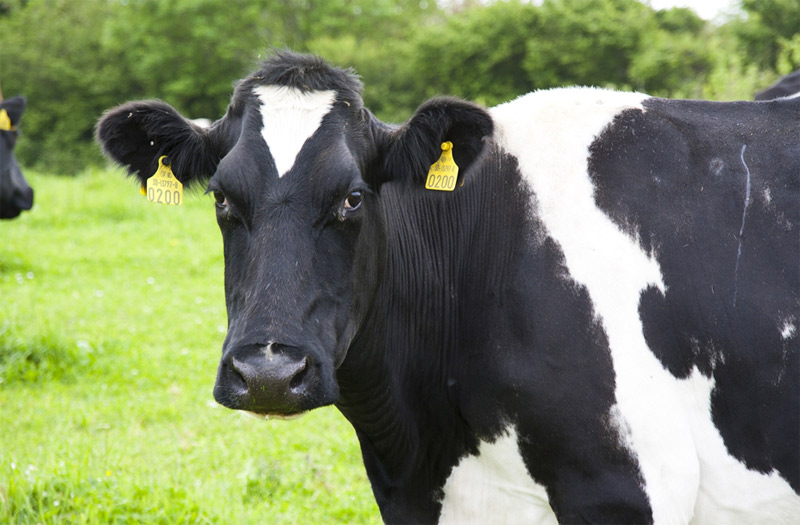8 October 2014

To date, 673 completed Veterinary Risk Assessment Management Plans (V-RAMPs) have been uploaded to the programme database. On just over half of these herds, the major risks for the spread of infection were associated with calving management practices. For about 35% of the herds, the greatest risks were associated with calf rearing with most of the remaining herds having similar levels of risk identified in both of these areas. For those herds that have not yet had a V-RAMP carried out or where they have not been uploaded to the database it is important that these tasks are completed as soon as possible. Given that most risks are associated with calving and calf rearing, it is particularly important that risky practices are identified as soon as possible so that steps can be taken to reduce these risks in advance of the next calving season.
Test results for approximately 71,000 animals have been uploaded to the ICBF programme database. Herds that have not yet commenced testing will, in most cases, not be able to complete two rounds of milk testing before the end of this year’s lactation cycle. Herds in this position should therefore carry out a full round of blood testing before the end of the year in order to comply with programme requirements. Where herdowners believe that all eligible animals have been tested but results have not yet been transferred to the database, they should contact either their veterinary practitioner who carried out the blood sampling, or the organisation which carried out their milk testing, and ask them to instruct the testing laboratory to transfer all relevant test results to the database. AHI have also written directly to both approved veterinary practitioners and testing laboratories, asking them to ensure that all programme results are uploaded.
Later this year a detailed review of the programme will be carried out. This will include a description of the findings from herd tests and risk assessments. It is expected that initial findings will be available near the end of the year with more detailed analysis outcomes completed in early 2015. These findings will be used to inform stakeholder discussions around the future refinement and development of the programme for 2015.
Recent News
-
26 Jan, 2016
ICOS announces new CEO Designate
-
29 Oct, 2014
The Plunkett Institute is launched
-
28 Oct, 2014
38th ICOS National Conference: Wednesday 29th October
-
8 Oct, 2014
Johne’s Disease Programme Update: To date 71,000 animals have been uploaded to the ICBF programme database
-
7 Oct, 2014
Transatlantic Trade and Investment Partnership (TTIP) talks continue in Maryland
-
7 Oct, 2014
Rabobank – Bearish Dairy Market Predicted